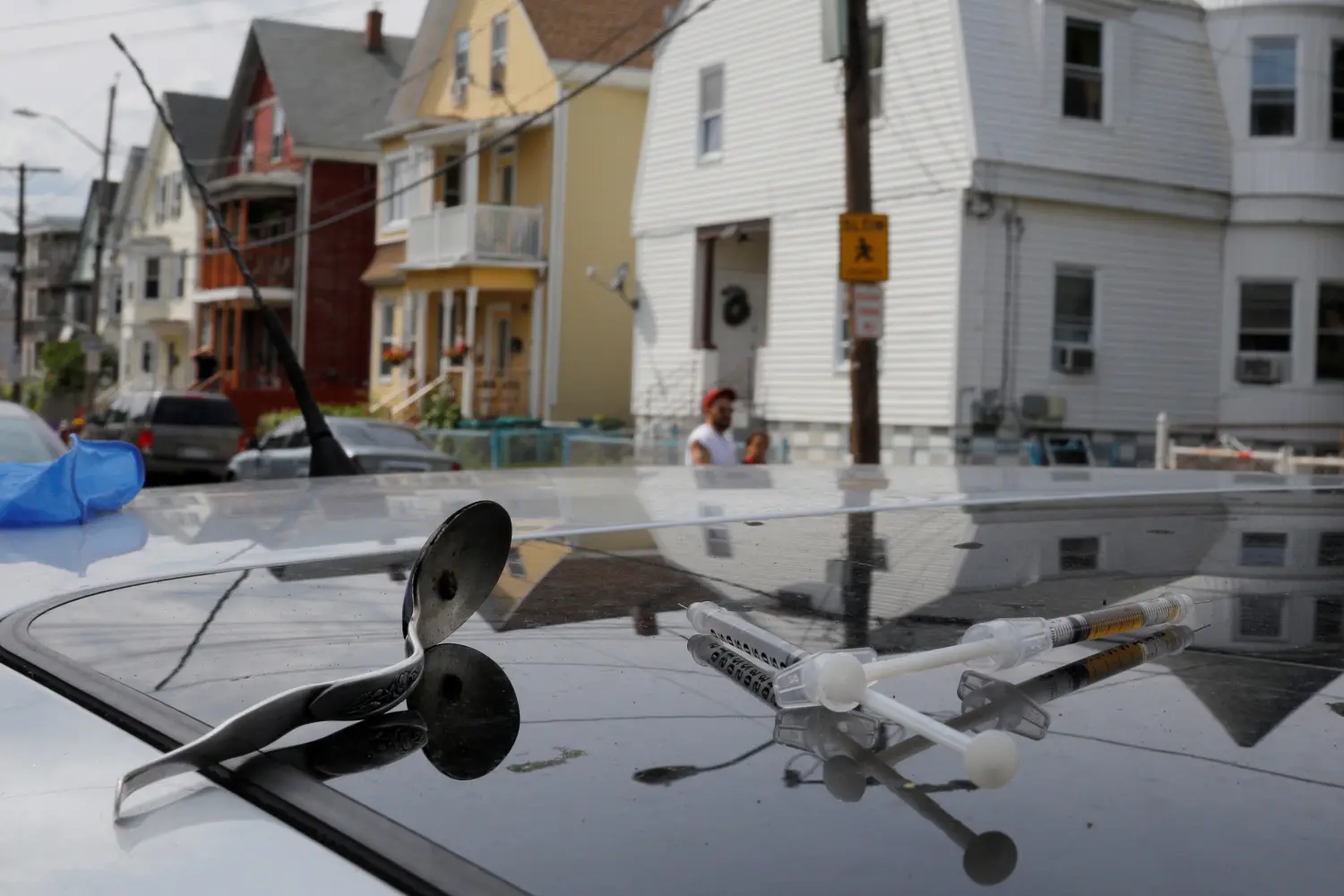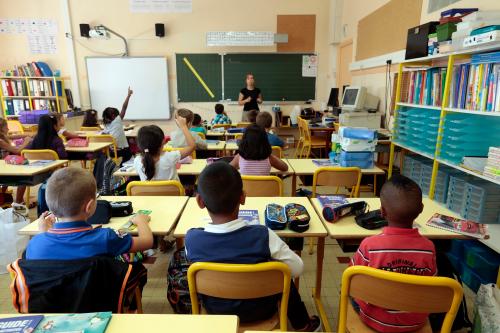Today, the Brown Center on Education Policy is releasing a new report on one of the unexplored effects of the opioid crisis: the link between the opioid epidemic and the educational outcomes of children in hard-hit areas. Written by Rajeev Darolia and John Tyler, the report suggests a need to be aware of the potentially negative effects of the opioid crisis on student learning, particularly in certain “hot spots” and rural areas.
Though school-age children are not typically directly involved with opioid use, they are not immune to the effects of what happens in their homes and communities. There has long been evidence that negative home or community factors can be associated with lost learning opportunities. For example, children exposed to higher levels of neighborhood violence have worse education outcomes than children who are less exposed. In a similar vein, childhood exposure to the ravages of the opioid epidemic may result in worse educational outcomes.
The opioid epidemic is now widely recognized as one of the most important public health issues of our time. In October 2017, Eric Hargan, the acting secretary of the Department of Health and Human Services, declared the “opioid crisis” a nationwide public health emergency, a declaration owing at least partly to a dramatic increase in prescription opioid overdose deaths. From 1999-2016, the rate of drug-related mortality grew 225% in the U.S. (This number is in addition to nonfatal overdose emergencies.)
The collateral consequences associated with the opioid epidemic—family members who suffer from substance-use disorder, parents lost to opioid overdose, diverted community resources, and the fraying of neighborhood social connections—have the potential to negatively impact the educational outcomes of children. This may especially be the case for children who grow up in communities hardest hit by the epidemic such as the Appalachian belt, impoverished rural communities, and the industrial Midwest, potentially exacerbating already existing educational achievement gaps and thus future economic opportunity. Research on the societal effects of the opioid epidemic, as opposed to the direct effects on individuals with opioid-use disorder, is just emerging. Darolia and Tyler’s report contributes to this less-established line of research by examining the effects of the opioid epidemic on a critical societal question—how indirect exposure to the epidemic may harm the education outcomes of children who live in communities most affected by the opioid crisis.
To approach this societal question, the authors examine the indirect linkage that could affect the education outcomes of younger children who live in families and/or communities that are struggling with the epidemic. In other words, the neighborhood context under consideration is the opioid epidemic in the community. Schooling can be impacted through both the children’s level of exposure to the consequences of the opioid epidemic and their vulnerability to those exposures—both of which likely differ across communities.
STUDENT OUTCOMES AND OPIOID USE
Noting a geographical correlation between both low academic performance and opioid mortality rates, the authors identify “hotspots” across the country. These hotspots, illustrated in the report’s Figure 3 with richer shading, indicate communities that score poorly on both dimensions and warrant special policy focus. As noted, the negative education-mortality relationship is even larger in rural areas, pointing to the salience of a rural-nonrural divide in the opioid epidemic’s effect on student learning.
The authors present results from an original analysis into the relationship between student outcomes and opioid use. Their estimates suggest that among both rural and nonrural counties, test scores are lower in counties with higher drug-related mortality. However, the estimated test scores for rural counties show a stronger negative association with drug-related mortality than similarly affected nonrural counties. Further, the rural-nonrural gap appears to grow as mortality levels increase.
The authors also explored whether student achievement gaps based on economic disadvantage are associated with community mortality rates. They present evidence showing that drug-related mortality was only mildly associated with higher achievement gaps. Further, no strong rural-nonrural divide is evident in this relationship—a preliminary finding that deserves further inquiry.
SCHOOLS CAN ALSO HELP
The report’s findings document some of the collateral damage of the opioid epidemic on communities, even if the causal links in this relationship are not yet entirely clear. Exposure to the epidemic is likely to impact important educational outcomes other than test scores, such as attendance, probability of school disciplinary action, graduation, and college enrollment—all of which warrant further examination.
Schools also have a role to play in reducing the vulnerability of their students to the aftermath of these experiences or incidents. For example, children may be better positioned to deal with trauma if they have greater access to school counselors and support personnel. The emergence of the “trauma-sensitive school” model is one promising approach to providing school-based supports aimed at helping students cope with experiences they may be exposed to due to the opioid epidemic. These findings demonstrate the need for both further research that interrogates how this relationship works and the role that school-based resources may play in mitigating the negative impact of the epidemic on the education of the nation’s children.
Read the full report, “The opioid crisis and community-level spillovers onto children’s education.”
The Brookings Institution is committed to quality, independence, and impact.
We are supported by a diverse array of funders. In line with our values and policies, each Brookings publication represents the sole views of its author(s).








